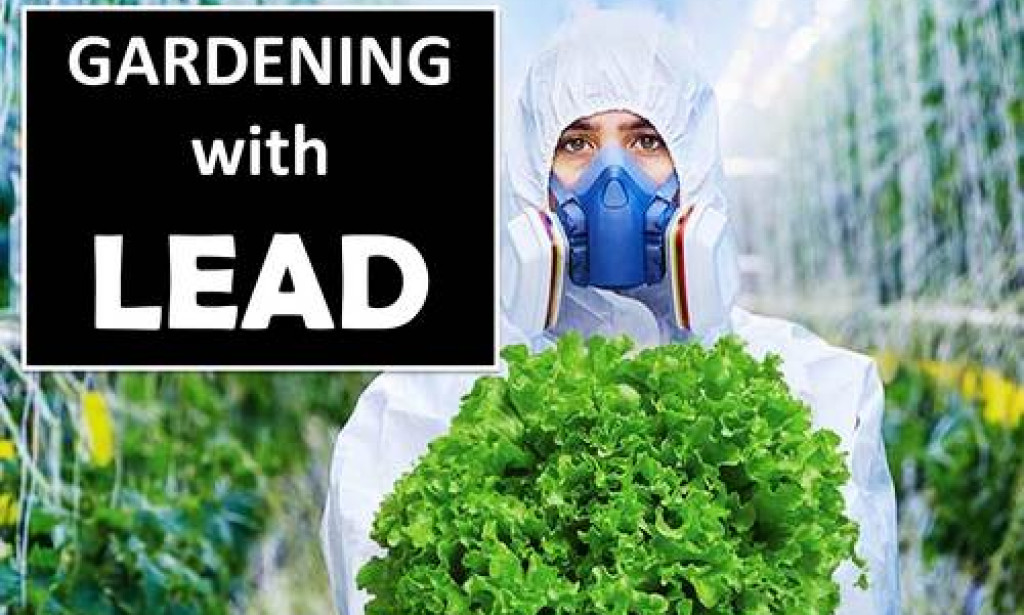Lead contamination in garden soil can be a serious health hazard to you and your family. Lead is a naturally occurring metal found in the earth’s crust, but it can also be found in certain pesticides, fertilizers, and gasoline additives. When these contaminants enter the soil, they can be taken up by plants and eventually make their way into the food we eat or the water we drink.
Lead exposure can cause a wide range of health problems, including developmental delays, seizures, and even death. Long-term exposure to small amounts of lead can also cause memory loss, behavioral problems, and difficulty concentrating. Children are especially vulnerable to the effects of lead exposure, as their developing brains and bodies are more sensitive to its toxic effects.
Fortunately, there are ways to reduce the risk of lead exposure in garden soil. The first step is to have your soil tested by a professional to determine its lead content. If the lead levels are high, you can take steps to reduce them, such as avoiding the use of lead-based pesticides and fertilizers and positioning your garden away from major roads or sources of industrial pollution.
You can also take steps to reduce your exposure to lead in the garden by wearing protective clothing and using a dust mask when handling soil. You should also be sure to wash your hands and all produce thoroughly before consuming it. Finally, it’s important to remember that lead can be found in other parts of your home, so you should always practice safe lead handling and disposal.
While lead in garden soil can be a dangerous health hazard, there are steps you can take to reduce the risk of exposure. With a bit of effort and vigilance, you can enjoy gardening without worrying about the risk of lead poisoning.


You must be logged in to post a comment.